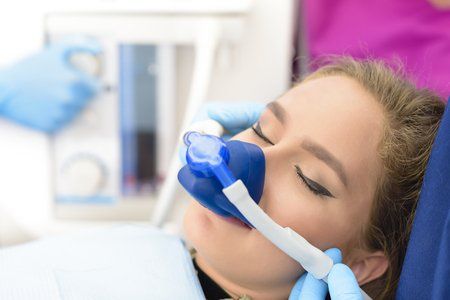Sedation Dentistry Might Be Right For You
- By Mary Marks
- •
- 26 Feb, 2020
- •

When it comes to going to the dentist and taking care of teeth problems, fear of pain is very common and can make the entire experience less tolerable. The fear of dental treatment often leads to postponement, thus aggravating the condition; later, the person will likely require emergency treatment, which will implies more complex and more expensive procedures.
Conscious Colorado sedation dentistry is the most popular technique of anesthesia, while also being safe and stable, allowing the patient to experience the dental treatment without feeling pain, anxiety, fear or stress. It is a very simple, non-invasive technique, which is suitable for people of all ages. It can be used in any type of treatment: caries, prostheses, canal treatments, extractions, gingival treatments or implants.
Conscious sedation desensitizes the mucosa of the oral cavity, thus reducing the sensitivity and sensation of pain, favoring a state of calm and well-being.
Through a nasal mask, the patient inhales a mixture of air, oxygen and nitrogen oxide, administered in a personalized percentage for each patient. After just a few inhalations, the relaxation effect begins, while the patient remains conscious. At the end of the session, oxygen is administered for a few minutes, and then the patient can immediately leave the medical office and even drive their car.
Children and persons with special needs may require a higher degree of anesthesia. The type of anesthesia required for a particular therapeutic procedure depends on the needs or preferences of the patient.





Although oral sedation dentistry Highlands Ranch is one of the optionsavailable for managing anxiety and discomfort during oral surgery, you certainly do not need to use it all the time. As a matter of fact, the exact type of sedation or anesthesia that you receive during oral procedures may depend on various factors, such as the complexity of the procedure, your medical problems, as well as your doctor’s preferences.
There can be several different levels of sedation that can be used in oral surgery. Local anesthesia is one of them. This involves injecting anesthetic medication into the specific area where the surgery will take place. It numbs the area and is often used for less invasive procedures.
Oral sedation involves taking medication in the form of a pill to induce a state of relaxation and drowsiness. The patient is still conscious, but he/she may not be fully aware of the procedure. At any rate, sedation helps him/her get rid of anxiety.
In the case of intravenous sedation, medication is administered through a vein, which induces a deeper state of sedation than oral sedation. Patients may still be conscious, but they are less aware of their surroundings and may not remember the procedure.





